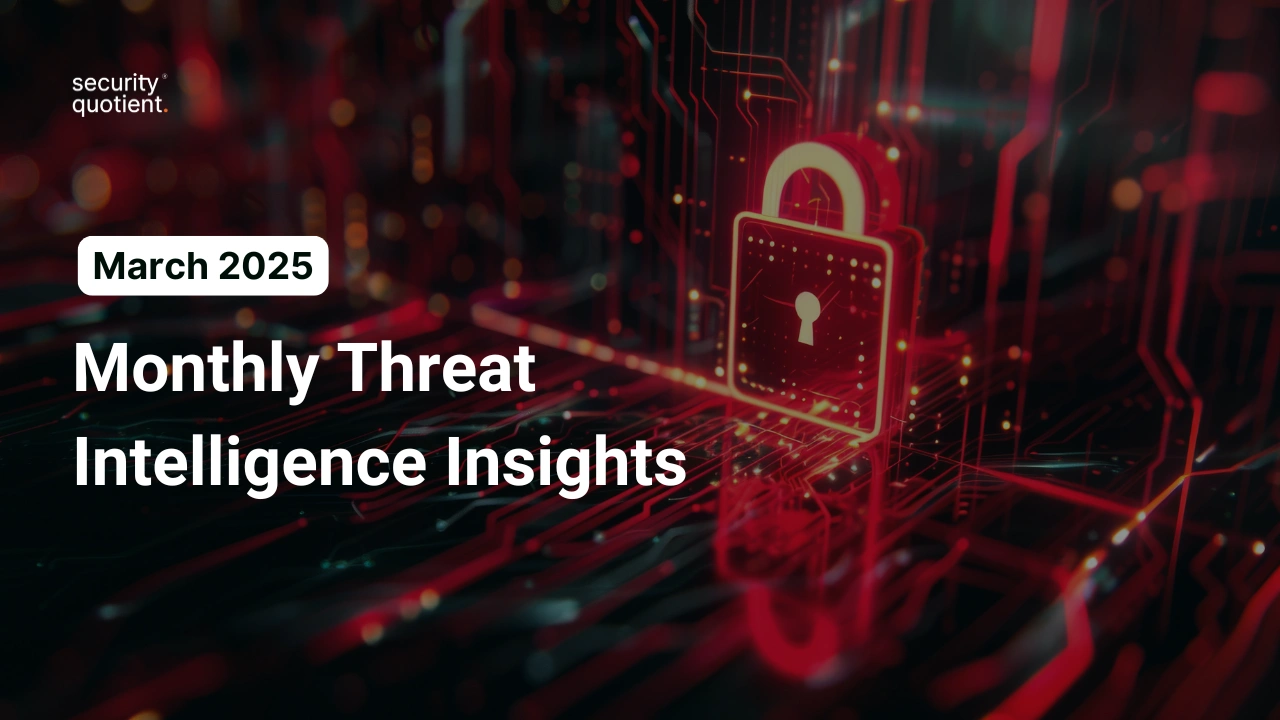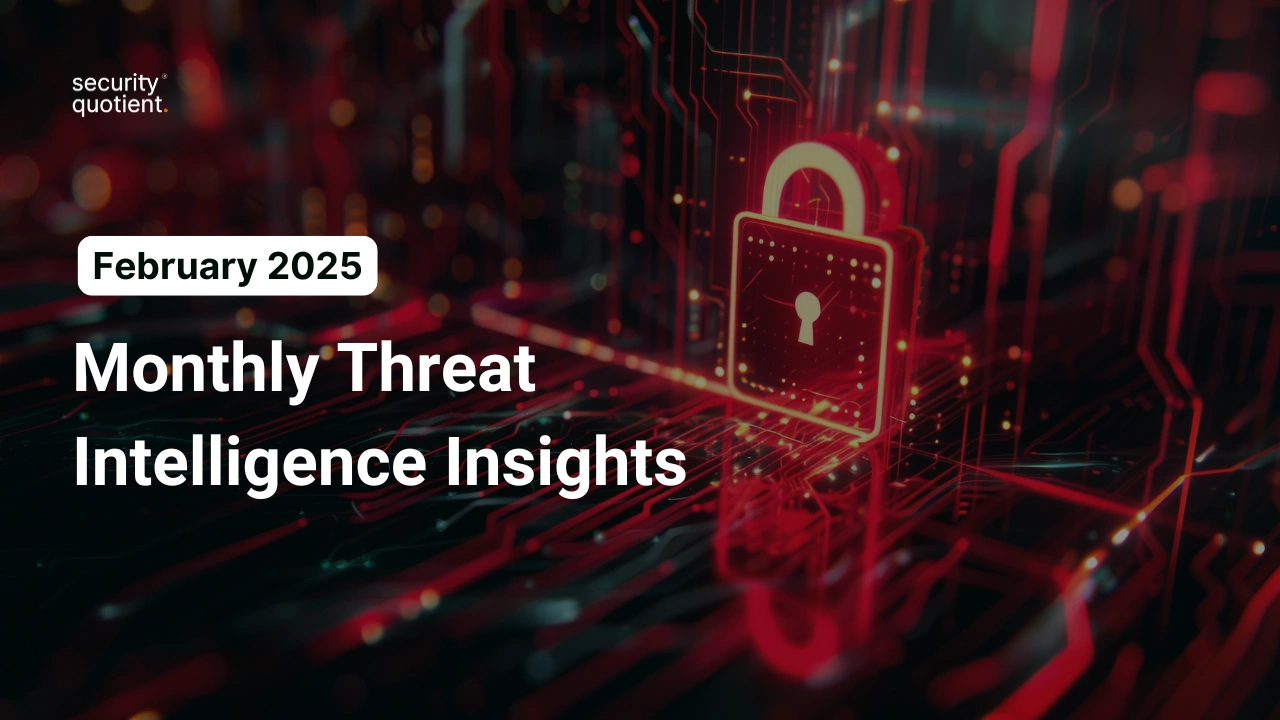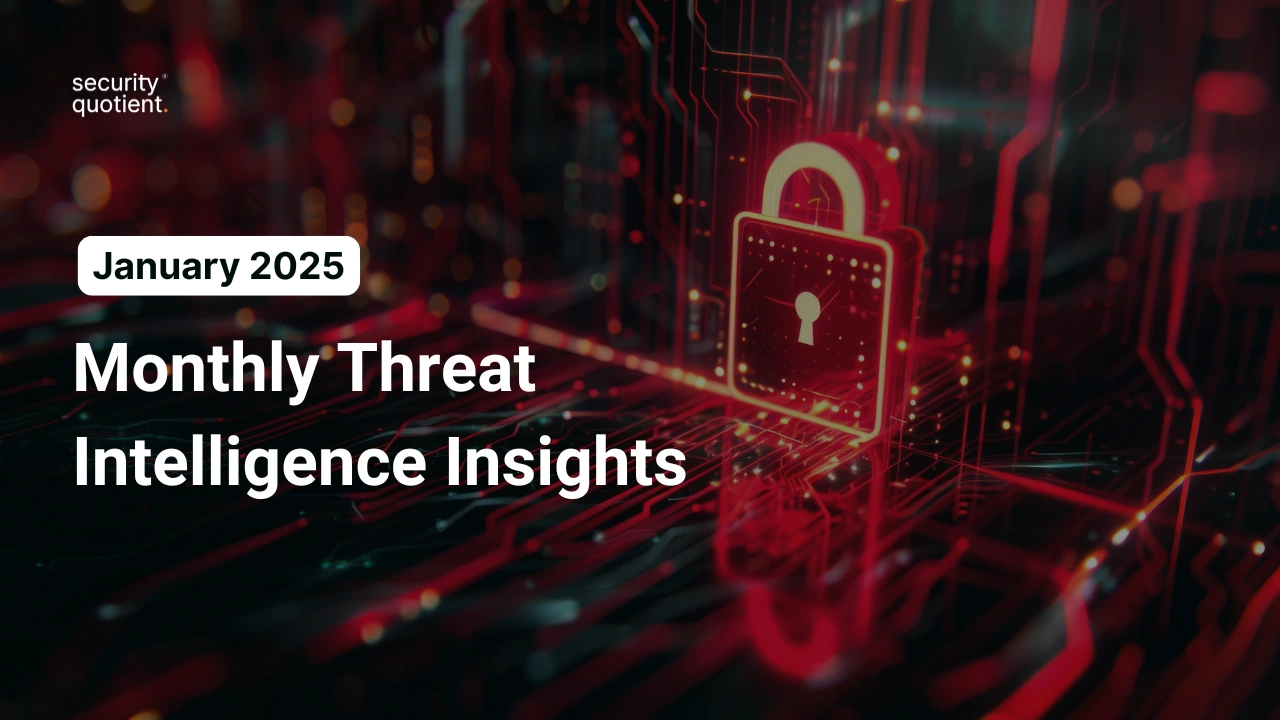
Anagha Anilkumar
Lead – Cyber Security Researcher, Research and Innovation
Anagha is a Cyber Security Researcher within the Research and Innovation division at Security Quotient (SQ). Initially, she joined SQ in May 2023 as an Associate Content Developer before transitioning into her current role. Her primary focus is establishing Security Quotient as a leading authority on the behavioral dimensions of cyber security. At SQ, Anagha spearheads the curation and maintenance of the resource section on our website, ensuring that it remains a comprehensive repository of valuable insights and expertise. Additionally, she is involved in producing cutting-edge research content with a specific emphasis on the behavioral aspects of cyber security. Anagha is committed to making cyber security knowledge accessible to a broader audience by simplifying complex concepts. Her goal is to bridge the gap between technical intricacies and practical understanding, empowering cyber security enthusiasts through her work.
Articles authored by Anagha Anilkumar

Monthly Threat Intelligence Insights: March 2025

Monthly Threat Intelligence Insights: February 2025

A CEO’s Guide to Rapid Incident Response in Healthcare Organizations

Phishing Alert: Attackers Targeting Organizations That Use Microsoft ADFS for Single Sign-On

Monthly Threat Intelligence Insights: January 2025

Phishing Alert: Rise of Scams Exploiting Tax Season

Securing Guest Wi-Fi: A Zero Trust Approach for Security Leaders

Google Ads Scam: Attackers are Stealing Accounts

What SMEs Need to Know About Prioritizing Information Security Risks


